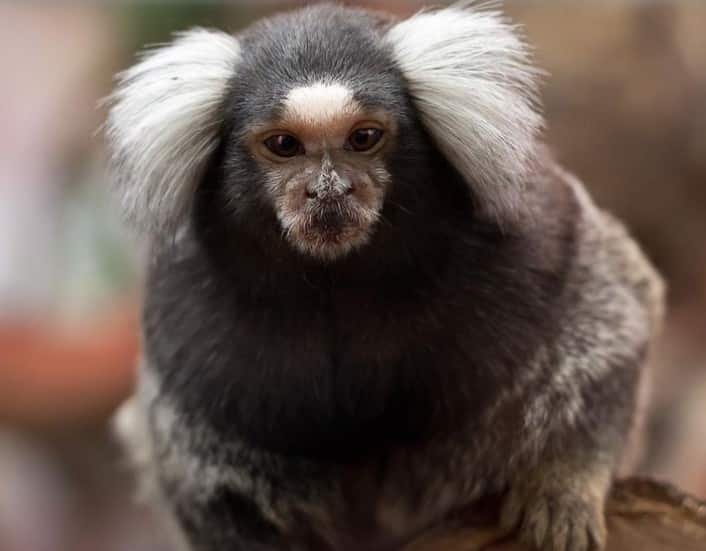Brain Gene Tops the List for Making Humans, Human
by Courtney Sexton/Smithsonianmag.com
Why do humans have such large brains? This evolutionary mystery has challenged scientists for ages, but some researchers are using genetics, specifically those genes that can only be found in Homo sapiens, for an answer.
ARHGAP11B, a gene found only in humans, is known for its role in expanding neocortex, the part of the brain responsible for higher cognitive functions such as language and planning. In experiments detailed in a new study published today in the journal Science, researchers inserted the gene into the fetuses of marmosets, who, like humans, are primates, but don’t carry the gene. The team found that after 101 days, the neocortices of the monkeys’ developing brains were larger and had more folds in the tissue than normal monkey fetuses without the gene.
Having more folds in this part of the brain is important because those folds increase the surface area available for brain cells, or neurons, without making the brain too big for the skull. Demonstrating that the human gene fulfills a similar purpose in the brain of another primate provides new insight into how humans may have evolved and may point the way to future treatments for brain disease.

Carol graduated from Riverside White Cross School of Nursing in Columbus, Ohio and received her diploma as a registered nurse. She attended Bowling Green State University where she received a Bachelor of Arts Degree in History and Literature. She attended the University of Toledo, College of Nursing, and received a Master’s of Nursing Science Degree as an Educator.
She has traveled extensively, is a photographer, and writes on medical issues. Carol has three children RJ, Katherine, and Stephen – one daughter-in-law; Katie – two granddaughters; Isabella Marianna and Zoe Olivia – and one grandson, Alexander Paul. She also shares her life with her husband Gordon Duff, many cats, and two rescues.
ATTENTION READERS
We See The World From All Sides and Want YOU To Be Fully InformedIn fact, intentional disinformation is a disgraceful scourge in media today. So to assuage any possible errant incorrect information posted herein, we strongly encourage you to seek corroboration from other non-VT sources before forming an educated opinion.
About VT - Policies & Disclosures - Comment Policy





What makes humans different from other apes is a totally defective gene sequence which formerly was responsible for a mighty chewing muscle. Because this muscle cannot be build anymore the skull bones of human fetuses don’t close. The brain can grow without being limited in the early stages.
This muscle has its upper bonding on top skull bone.
In other words, humans are handicapped apes.
e.g., I cannot believe what you wrote as the reason for the skulls of fetuses not closing until after birth. This is clear medical and physical fact: humans have larger heads before birth than other mammals. If the fetus’s skull was as hard as it becomes after the cranial sutures have closed, and did not have the ability to mold as the baby comes down the birth canal, humans would not be able to successfully deliver a baby. The head is way larger than the vagina and the vaginal opening. Lots of dead babies and lots of dead mothers would be the result of the premature closing of the cranial fontanels. There is no chewing muscle that attaches to the top of the skull. The muscle that is responsible for chewing is the the temporal muscle, also known as the temporalis. This is a broad, fan-shaped muscle on both sides of the head. It is located above the cheek bones, zygomatic arch. No attachment to the top of the skull.
Reminds me of the overhead anecdote that once made me wince so much. One young lady said to a slightly older lady ‘does it hurt’ (childbirth) to which the reply, sarcastically came ‘well, if you squeeze something the size of a grapefruit through an opening the size of an orange it does tend to smart a wee bit’. Not being flippant at all, women have my utmost respect for withstanding the rigours of the childbirth process. Nature is a truly remarkable thing when you boil it down to it’s most base realities such as the actual process of reproduction.
Christ almighty! They’re putting circulating bat spike proteins on mouse backbone viruses, and now we can add putting human neocortex growth genes in monkeys.
Someone in some movie said, “this business will get out of control; it will get out of control and we’ll be lucky to live through it!”
Do you remember the movie “Deep Blue Sea” ? When the sharks get human brain cells ?
Yes, I do!
Comments are closed.